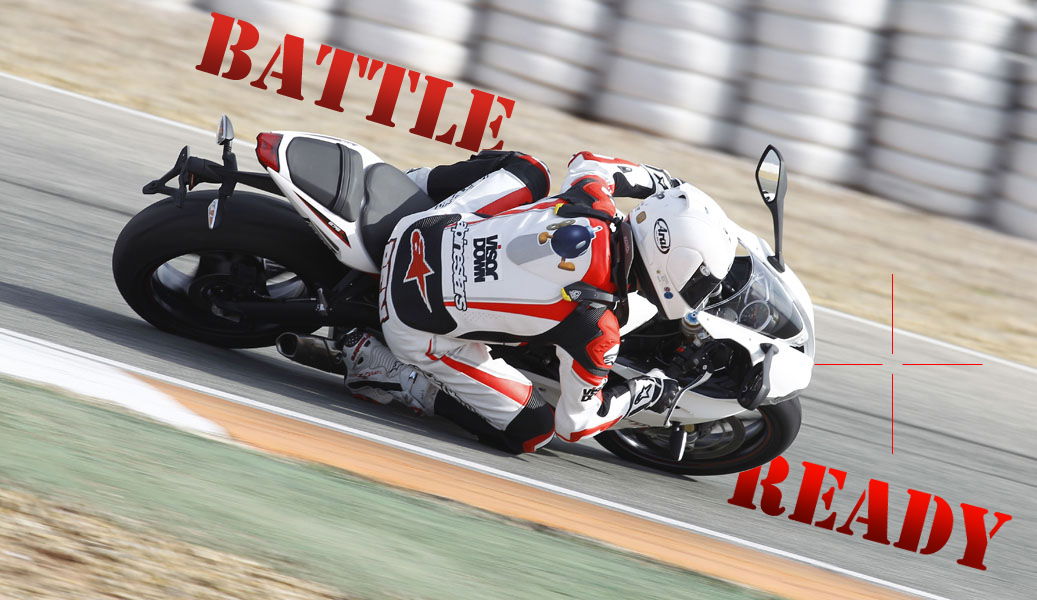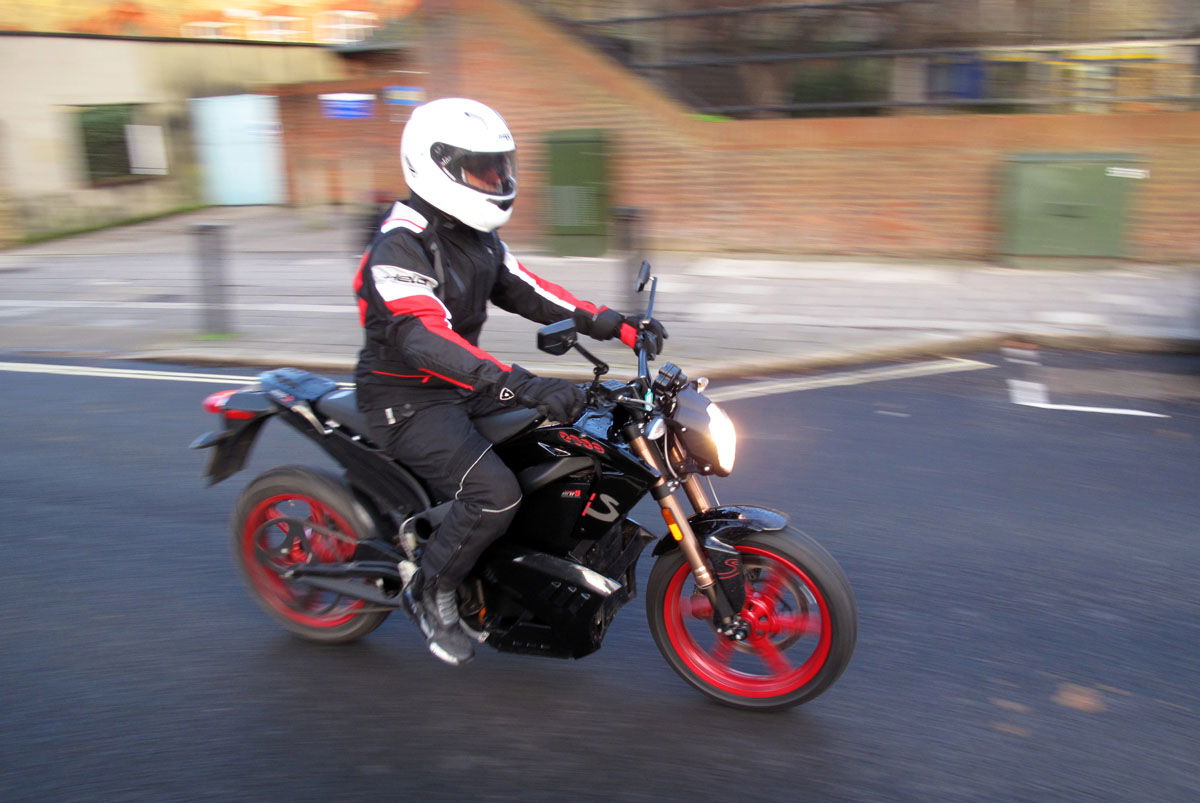First ride review: 2013 Honda CB1100
Retro ride channels the soul of its legendary ancestor


NOSTALGIA is great. You can look back on your first school/bike/love with those rose-tinted glasses and forget all about the bullying/breakdowns/cheating and so on. Why live in complicated times with the 'kids these days' when you can hark back to a simpler past? It's for this reason that retro is and always will be popular, but can the new 'retro' CB1100 shape up to the original superbike that inspired it?
The Beatles were at No.1 in the charts when Honda released the CB750 back in '69. The Japanese bike led the way for mainstream motorcycles, with the inline four-powered bike featuring technology such as overhead cams and a front brake disc. The large engine capacity was designed to be attractive to the US market and compete with the likes of Triumph, Harley and BMW. It certainly made a good job of that, selling hundreds of thousands and helping to end Britain's dominant motorcycle industry along the way.
If you were one of those people who originally lusted after the original CB when it arrived at the end of the sixties and seventies, Honda is hoping that you might get to have a second bite at the apple now.
The new 2013 Honda CB1100 looks great in the flesh. Waiting at one of the launch photo shoots I could see the bike silhouetted from a distance for the first time and it certainly had a timeless quality about it. Sitting on the bike it immediately feels like an old friend, with a comfy and natural seating position. The European spec bike has the wide bars set about an inch higher than the Japanese version and the seat height is also slightly taller at 795mm. The result is anything but intimidating.
Up close there's no denying the attention to detail. The easy to read clocks have the same dark green colour as the original CB750, and the chrome fenders look classy. The rear light suits the bike, no LEDs found here thank you very much. A Honda logo printed on the back of the seat lets those following you know what you're riding (but doesn't go as far to guarantee you're the nicest person). Tall mirrors offer a good rear view and the deliberately slimmed tank (available in red, white or black) allows you to glance down and admire the engine whilst on the move.

